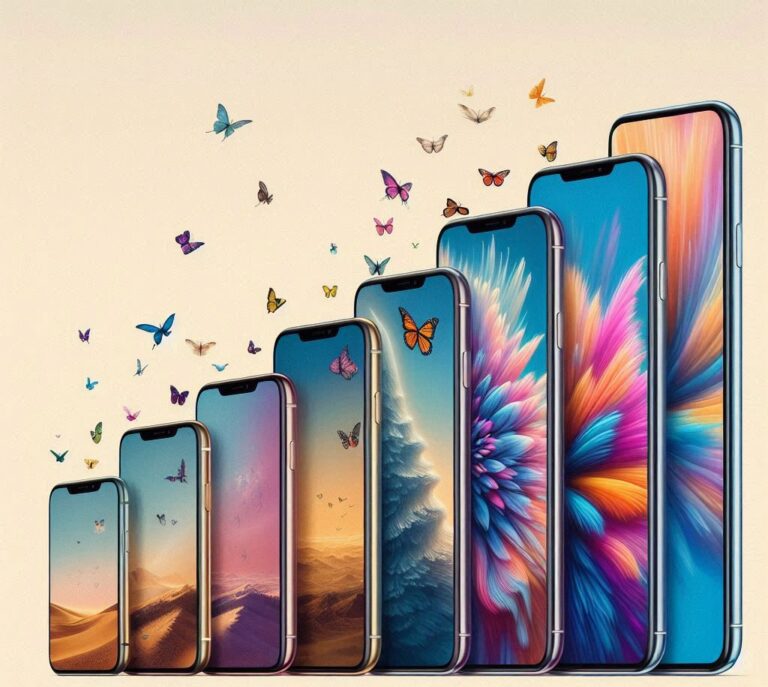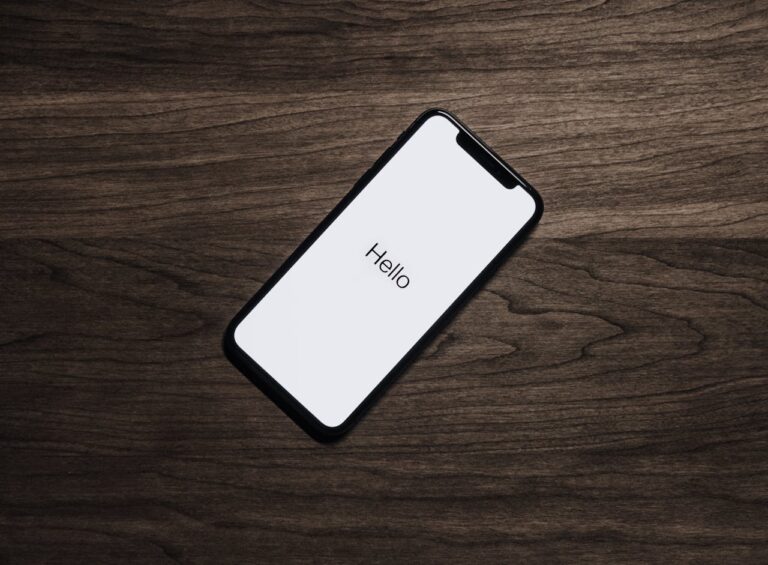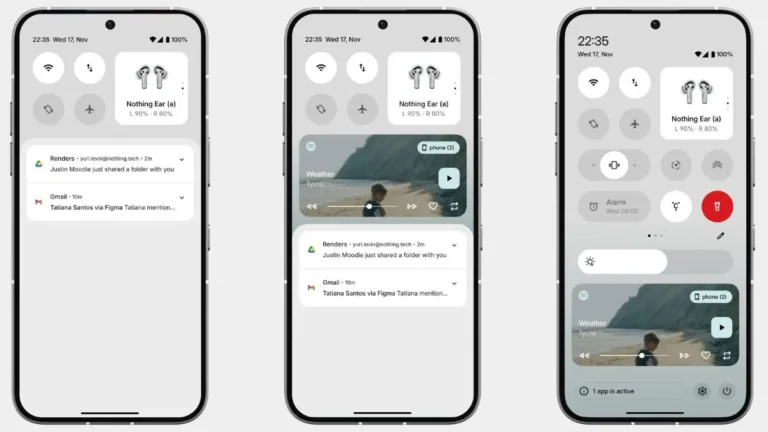As Apple enthusiasts eagerly await the next release, speculation about iPhone prices drop for existing models is a hot topic for discussion. This cycle is a familiar one for consumers, who often find themselves weighing the benefits of purchasing a new model versus snagging a previous generation at a discounted rate. With the anticipated launch of the iPhone 16 in early September 2024, it’s crucial to understand how these changes might impact your buying decision.
Historical Trends in iPhone Pricing : Will iPhone Prices Drop?
Historically, Apple has followed a consistent pattern with its pricing strategy. When a new iPhone model is introduced, the company typically reduces the prices of the preceding generation. For instance, after the release of the iPhone 15, the starting price of the iPhone 14 was lowered from $799 to $699 in the US. This trend is expected to continue with the introduction of the iPhone 16.
Timing the Market: When to Buy, Monitor iPhone Prices
The timing of your purchase can significantly affect the amount you spend. Generally, the worst time to buy a new iPhone is just before a new model is released. The iPhone 16 is expected to be announced around September 10, 2024, with pre-orders likely starting a few days later and availability beginning around September 20. Look up retailer website like Amazon, carrier websites, that will offer some exciting deals during the launch period.
If you can wait, it’s advisable to hold off on purchasing an iPhone until the new model is released. This strategy not only allows you to take advantage of the latest features if you decide to go for the new model but also gives you the opportunity to buy older models at reduced prices. This is especially relevant this year, as the iPhone 15 does not support the upcoming Apple Intelligence features, which are expected to be a significant part of Apple’s future ecosystem.
What to Expect from the iPhone 16
The iPhone 16 is anticipated to bring several upgrades, including improved camera capabilities, larger screens, faster performance, better overall gaming performance and enhanced AI features through Apple Intelligence. The new models are expected to feature the A18 chip and additional RAM, enabling them to support advanced functionalities that the iPhone 15 cannot.
Apple Intelligence, a suite of AI-powered features announced at WWDC 2024, includes enhancements to Siri, new Genmoji capabilities, Image Playgrounds, and Chat-GPT integration. These features will only be available on the iPhone 15 Pro and newer models, making the iPhone 16 a more attractive option for those interested in cutting-edge technology.
Impact on Older Models
Following the release of the iPhone 16, Apple will likely discontinue the iPhone 15 Pro and iPhone 15 Pro Max, as well as the iPhone 13. The expected lineup will include the iPhone 16 series alongside the iPhone 15 and iPhone 14 models. This means significant price drops for the iPhone 15 and 14, making them more affordable options for budget-conscious consumers.
Based on previous patterns, the iPhone 15 could see a price reduction similar to the iPhone 14’s drop, potentially bringing its starting price down by $100 to $200. However, the exact figures will depend on Apple’s pricing strategy and market conditions at the time of the new release.
Third-Party Retailers and Carrier Deals
In addition to direct discounts from Apple, third-party retailers and carriers are expected to offer competitive deals on older iPhone models as they make room for new inventory. These deals can sometimes be more attractive than Apple’s official discounts, particularly for the Pro models, which are often phased out more aggressively to clear stock.
If you are looking for an iPhone Pro model, shopping around carriers and third-party retailers might be your best bet. These sellers are likely to cut prices significantly on older Pro models to move inventory quickly in anticipation of the new releases.
Current Pricing and Expected Drops
Here is a table showcasing the current pricing of models and the iPhone price drop, following the iPhone 16 release:
| iPhone Model | Current Price (USD) | Expected Price Drop (USD) | New Expected Price (USD) |
|---|---|---|---|
| iPhone 15 | $799 | $100 – $200 | $599 – $699 |
| iPhone 15 Plus | $899 | $100 – $200 | $699 – $799 |
| iPhone 15 Pro | $999 | $100 – $200 | $799 – $899 |
| iPhone 15 Pro Max | $1,099 | $100 – $200 | $899 – $999 |
| iPhone 14 | $699 | $100 – $200 | $499 – $599 |
| iPhone 14 Plus | $799 | $100 – $200 | $599 – $699 |
| iPhone 14 Pro | Discontinued | – | – |
| iPhone 14 Pro Max | Discontinued | – | – |
Conclusion: Should You Buy Now or Wait for iPhone Prices to drop ?
The decision to buy a new iPhone now or wait for the iPhone 16 ultimately depends on your immediate needs and budget. If your current phone is still functioning well, waiting a few more weeks could save you a substantial amount of money or provide you with access to the latest features and technology. On the other hand, if you need a new phone immediately, there are still deals to be had on the iPhone 15, especially if you look beyond Apple’s official channels.
In summary, the best strategy is to wait for the iPhone 16 launch if possible. This approach will not only give you the option to choose from the latest models but also enable you to take advantage of reduced prices on older models, maximizing your value for money.
By understanding these patterns and planning your purchase accordingly, you can make an informed decision that aligns with your needs and financial considerations. Whether you opt for the newest iPhone or a discounted previous model, timing is key to getting the best deal.








